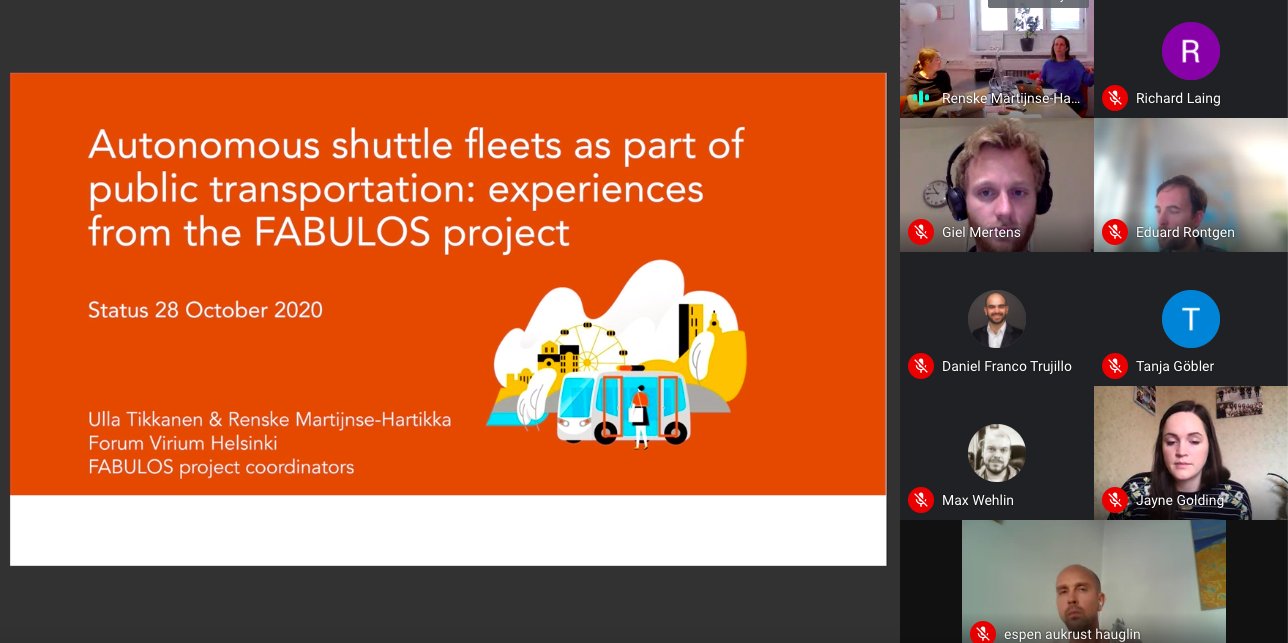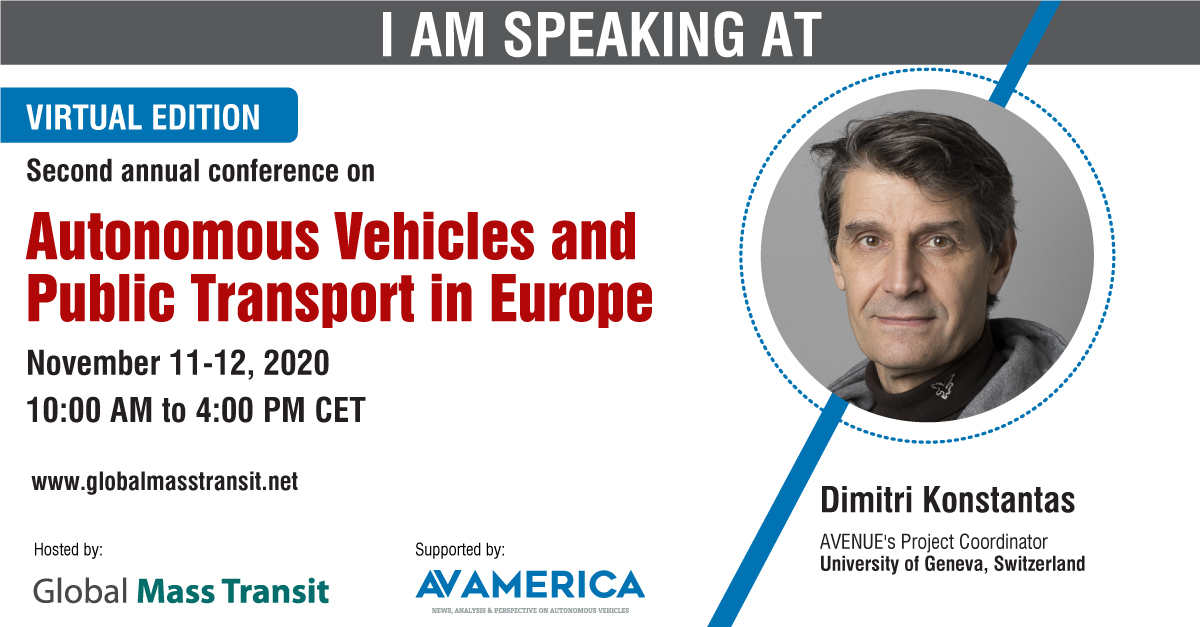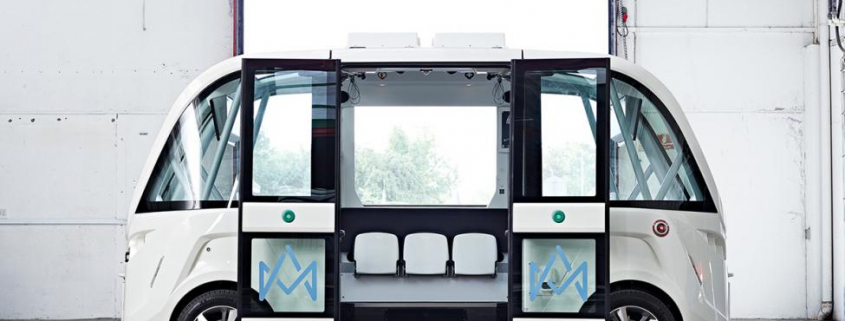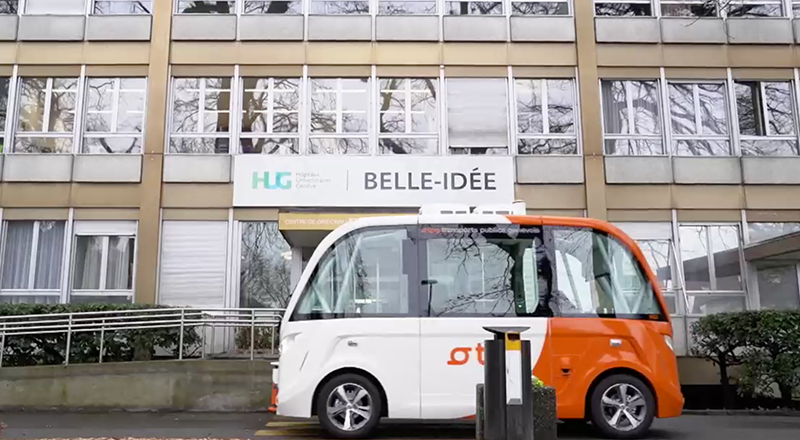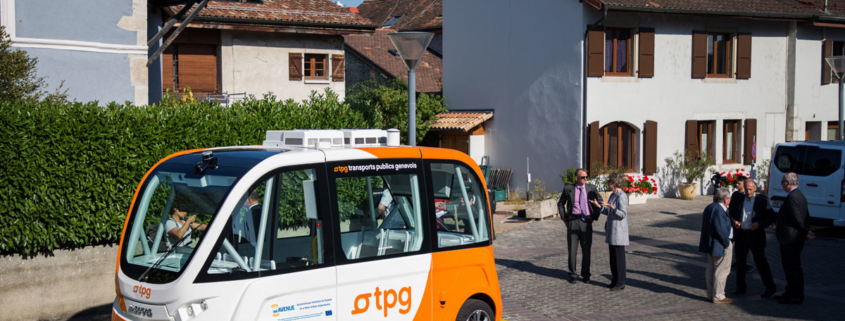Abstract: Our current mobility paradigm has reached a tipping point. Individual mobility, based on cheap fossil fuel and high CO2 emissions no longer meet the needs posed by a globally increasing demand for passenger mobility, neither corresponds to the climate agenda.
In this regard, innovations and technologies play an important role to shape the future mobility and provide solutions for more efficient, affordable, accessible, and sustainable mobility in cities.
This paper aims to explore how innovations on mobility, such as shared automated electric vehicles (SAEV) can contribute to a positive change in the mobility paradigm and sustainable mobility, and to this end, which are the current obstacles to be overcome and the key factors related to SAEV’s deployment. Thereby, it presents the case of the Autonomous Vehicles to Evolve to a New Urban Experience – ‘AVENUE’, a European project that has implemented pilot trials to test automated shuttles within the public transport of Lyon, Geneva, Luxembourg, and Copenhagen.
Based on primary data from the project and secondary data from AVENUE public reports, the study reports on the project implementation in the four cities and first learnings through obstacles and key factors to accelerate the deployment of automated shuttles in cities. It contributes to the discussion on technical & operational, social, and legal obstacles as well as key elements in the deployment of automated shuttles.
Introducing Automated Shuttles in the Public Transport of European Cities: The Case of the AVENUE Project
Eliane Horschutz Nemoto, Ines Jaroudi, Guy Fournier
Book: Advances in Intelligent Systems and Computing, Advances in Mobility as a Service Systems”
Date: 4 November 2020, DOI: 10.1007/978-3-030-61075-3_27
* Note: This is an extended version of the conference paper in CSUM2020
Download: Publisher’s version (Subscription required) | Author’s version (Green Open Access)

